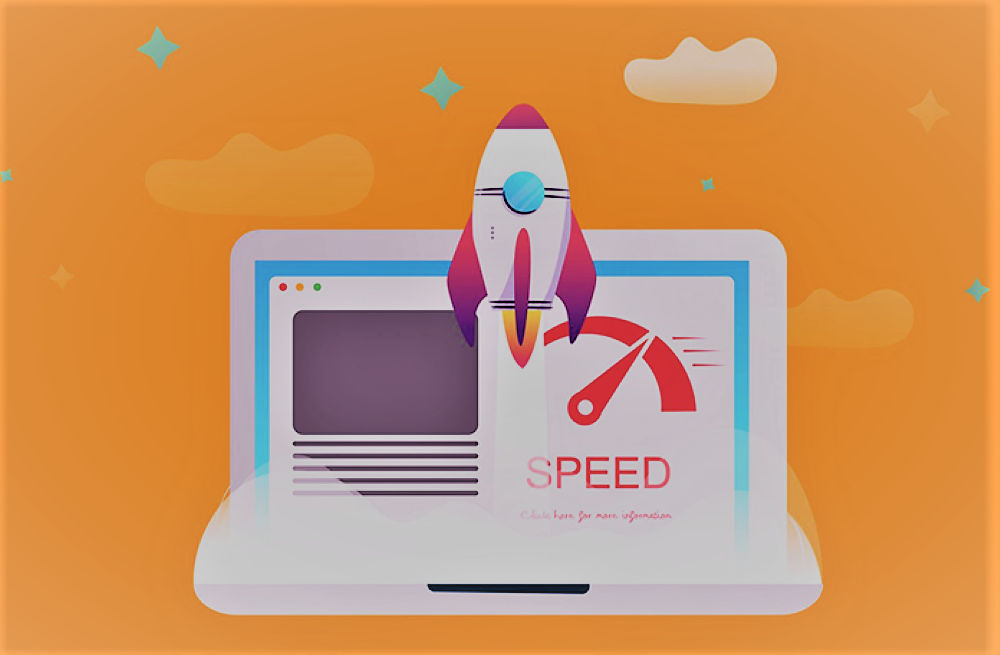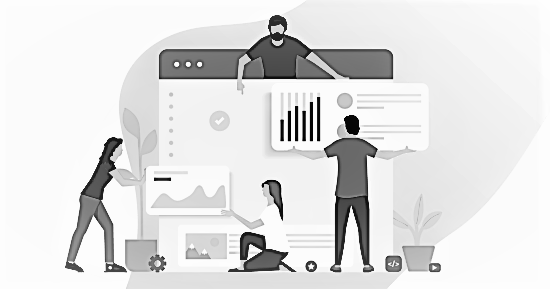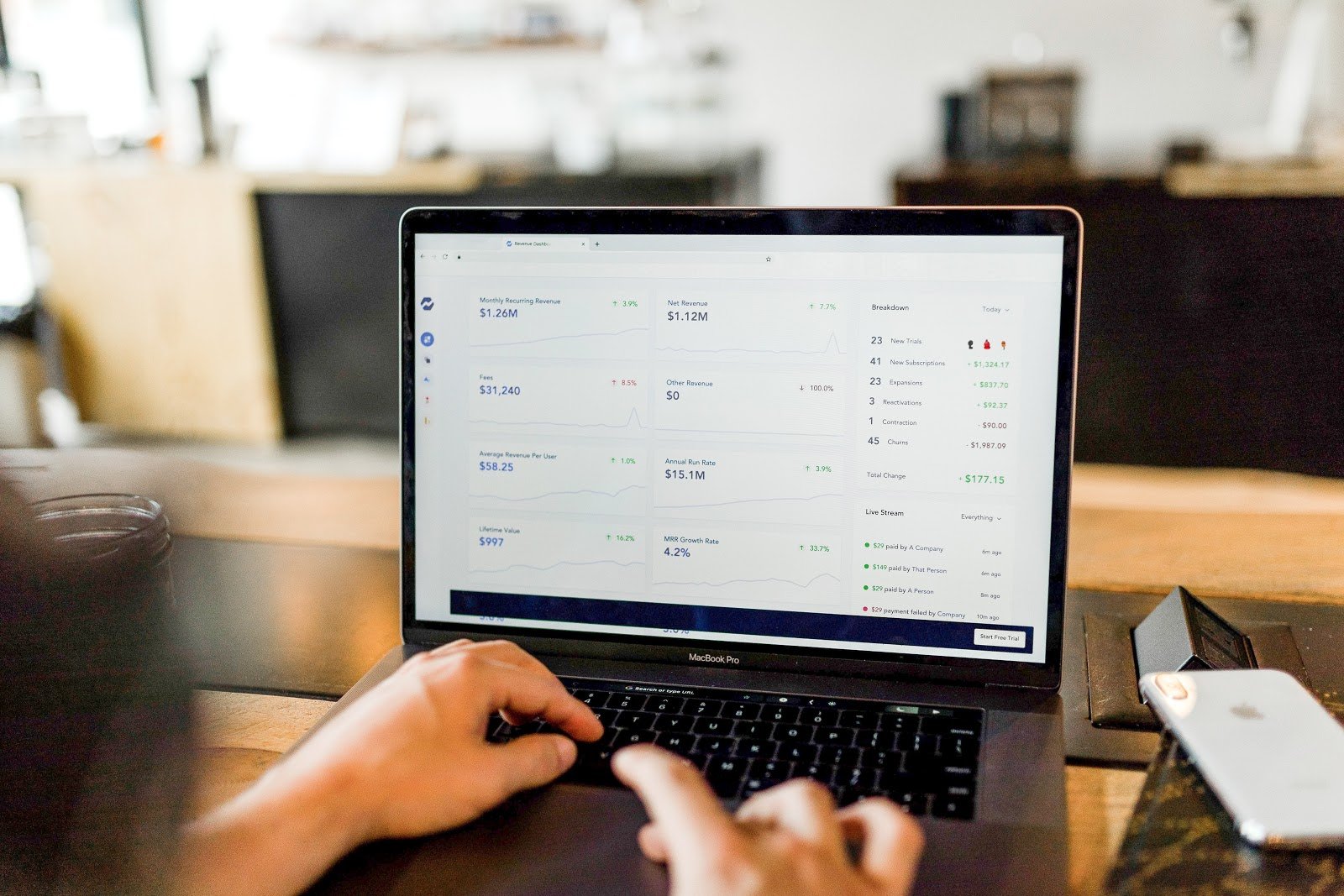
As consumers stray further from the days of in-store purchases, a company’s website is its lifeline. So why address user experience and site speed? Because these two factors are inherently linked to the success of your company.
Today’s market is saturated with websites and companies selling products and ideas to consumers. If your website is slower than your competitor’s, it will show up in search engine results—and people will likely leave the site before allowing the webpage to load.
Increasing site speed is crucial in enhancing conversions on your webpage and converting those clicks into company revenue. Luckily, there are many ways to improve your site speed.
What is Site Speed?
Site speed is the time it takes a page on your site to load once clicked on in a search engine or typed into the URL box. This is often interchanged, and confused with, page speed. Page speed is the direct link between a page on your website and load time.
Why Address User Experience and Site Speed Performance?
Slower sites have strong correlations to higher bounce rates and, subsequently, lower conversion rates.
Google’s algorithm shows site speeds (which are directly correlated to page speeds) are best set at three seconds.
Any time above three seconds can drastically hurt site traffic. For instance, a lag of four seconds or more can increase the rate of site abandonment by about 40% and a lag of 10 seconds can increase this metric by more than 120%.
Why Address User Experience and Site Speed Visibility?
Site speed is a large factor in determining your website’s search engine optimization (SEO) on Google and social media websites (such as Facebook). This means search engines are placing slower websites lower on the list, even if that webpage matches the keywords within the search.
This is especially true when the website goes mobile, as search engines place a higher priority on site speed for mobile devices rather than computer searches.

What Will Increase Site Speed?
Clean Up Your Code
Removing unnecessary commas, spaces, and comments throughout your
code can improve your site delivery. Also, removing unused code and formatting
will drastically improve site speed and help you make changes to your website code more easily.
Create Asynchronous Scripts in Java and CSS
Asynchronous scripts load parallel to other aspects on the page moving from
the top of the page to the bottom. This contrasts synchronous scripts, which load webpage content sequentially.
This means aspects on a page that fall lower in the sequence will not start to load until the item before has completed loading. This is linked to websites freezing before fully loading. Fifty-one percent of mobile website users said they experienced a website freezing, crashing, or receiving an error.
Switching to asynchronous scripts will allow users to navigate the website before a page fully loads all the content. So, asynchronous scripting will streamline webpage rendering and increase user experience.
Compress Files and Images to Decrease Mobile Rendering Times
Your Java, HTML, and CSS scripts are usually large, which makes it more
difficult to load. Compressing the script files will allow your pages to load more quickly. Using software such as Gzip can help to compress files larger than 150 bytes.
One of the most time-consuming aspects of a page is the graphics. Whether it is photos, videos, or GIFs, these files tend to be massive.
However, you should not compress photos the same way as script files. Rather, crop the image down to the correct amount of pixels and re-save the new image before inserting it into your code. The page will then immediately load the intended photo and it will not have to load the full photo size and then crop it down to your specifications.
Also, make sure to use the correct image format. PNG photos are best for images with 15 or fewer colors and JPEGs are best suited for photographs. This will ensure you maintain photo quality, while also reducing rendering time.
Minimize HTTP Requests
Each time a page conversion occurs, your visitor is redirected to another area
of the website.
According to Yahoo, 80 percent of page load time is the result of a page’s elements. Therefore, reducing the number of elements on the page, or making these elements asynchronous, will reduce lag times.
Redirects have the same result. Multiple redirects exacerbate wait time when a visitor looks to move from one page to another. For example, duplicate URLs or large images can slow down the system.
To reduce the additional wait time, analyze a page on your site to find any additional HTTP requests. In Google Chrome, the Developer’s Tools application will show you how many HTTP requests your site makes per page.
Why Should You Address User Experience and Site Speed?
It comes down to two concepts: show and tell.
Site speed performance is a key factor in getting your website higher on search lists and keeping people interested in your product. This is especially true for mobile devices. It is also in direct correlation with user experience: slow page load times equate to higher bounce rates and lower satisfaction.
So, if you want people to find your website and spend time (and possibly money) exploring your brand, then increasing site speed is obligatory. However, there are many ways to improve site speed, such as removing unnecessary code, compressing files, and reducing the number of redirects.




-3.jpeg?width=352&name=7%20Ways%20to%20Promote%20Your%20Blog%20(And%20Increase%20Traffic)-3.jpeg)


